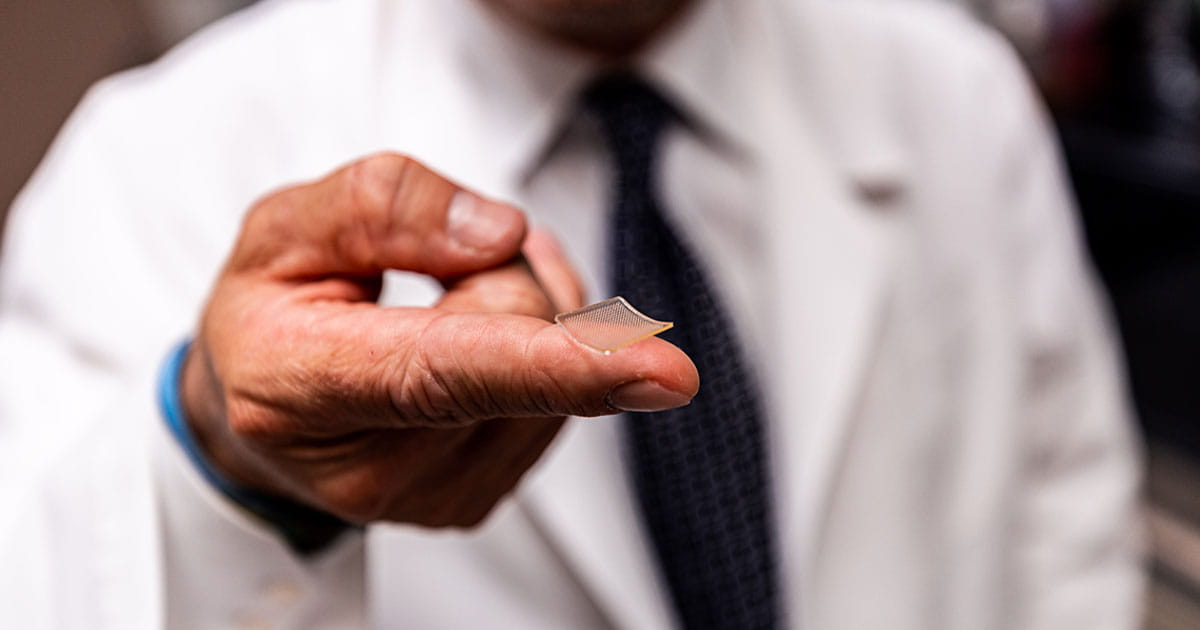Hey, I hope you're right, I really do. But I am getting sent a lot of articles from a prominent epidemiologist and former Sanofi Pasteur executive (friend of mine) that are anything other than optimistic. He was retired, but has gone to work for the WHO office in Asia to help guide them.
Here are some excerpts:
Straight Talk from ex-CDC for the Long Slog Ahead
By Bruce G. Weniger, MD, MPH and Chin-Yih Ou, PhD, medical epidemiologist and research-laboratory specialist, respectively; both retired from CDC
Vaccines? Not So Fast
The degree and duration of such natural or artificial immunity (presumed to result but not yet proven), can only be determined by following large cohorts of persons after either a prior positive genetic test, or when a vaccine was received, and determining if and when they may be [re-]infected. This will require at least a couple of years of enhanced
surveillance, and is absolutely essential in formal
phase-III field-efficacy trials of candidate vaccines.
Dr. Fauci’s 12-to-18-month prediction for an effective vaccine is optimistically unprecedented, and Trump’s
”Warp Speed” schedule is recklessly dangerous. Pivotal trials with an unusually short period of follow-up might not detect serious adverse sequelae. For example, a phenomenon known as
antibody-dependent enhancement causes some vaccine recipients, who nevertheless become infected by exposure to a pathogen, paradoxically to have more severe illness than if they had not been vaccinated at all
ADE has been observed for coronaviruses in
monkeys, pigs, cats, and in
cultured human cells. It was also observed in children after a trial of a
respiratory syncytial virus vaccine and after a mass campaign of a licensed
dengue virus vaccine given to 830,000 children in the Philippines, resulting in
withdrawal of the vaccine.
Adverse consequences detected after introduction of new influenza vaccines have included
Guillian-Barré syndrome,
Bell’s palsy, and
narcolepsy. EUAs, by definition, bypass thorough regulatory review of how new vaccines (and drugs) are made and work. One famous example of lax Federal oversight was the famous “
Cutter Incident” in which faulty production caused paralytic polio in some early vaccine recipients. Little known is that the problem was not limited to just one manufacturer, as documented by CDC in its secret 1955 “
Wyeth Problem” and 1957 “
Wyeth Report”.
Experience suggests three to four years is a more realistic timeframe to have a COVID-19 vaccine proven safe enough to put into many millions of healthy people. Consider the deadly Ebola epidemic in 2014 to 2016, during which the world barely dodged a bullet. In October 2014, the first
phase-I vaccine trials began in American volunteers, with a succession of further trials. The
pivotal one in Guinea and Sierra Leone
ended in January, 2016 having used a novel study design with only 84 days of follow-up. The vaccine was put to use in 2018 under EUA to
vaccinate over 300,000 persons to control a later epidemic in Central Africa. In 2019, the
FDA finally licensed the vaccine, warning that its
duration of protection was unknown.
Even if the first COVID-19 efficacy trials were to be a “home run” in protecting, say, 90% of recipients, it may take a year or more to produce the hundreds of millions of needed doses (one per person? two? more?). An exception for such delay would be to emulate the financial gamble of FDR’s March of Dimes foundation in the 1950s. It paid for
advance manufacture of
27 million doses of polio vaccine to be on hand in case the
efficacy trial still underway would prove the vaccine worked. It did, and vaccination started within days of the
famous announcement.
Vaccines never reach more than 95% of
U.S. children and
adolescents recommended for them, nor
more than 75% of adults. Nor are vaccines ever 100% protective. Annually,
140 million humans susceptible to the virus causing COVID-19 are born on the planet, including
3.8 million in the U.S. The most probable scenario is that transmission of this virus will persist for years, becoming an
endemic disease, as have many other
emerging pathogens in recent decades.

 www.geekwire.com
www.geekwire.com


 .
.